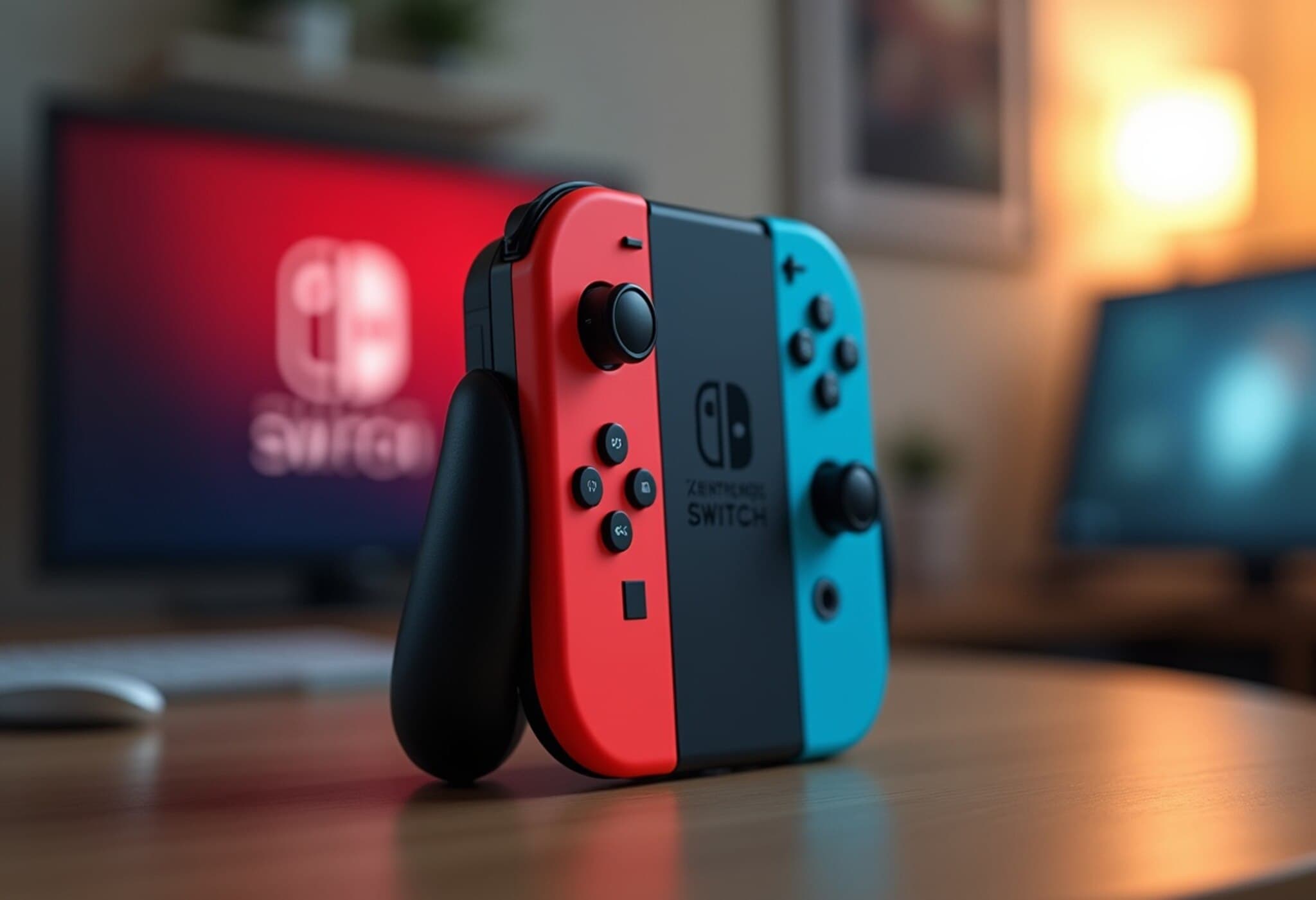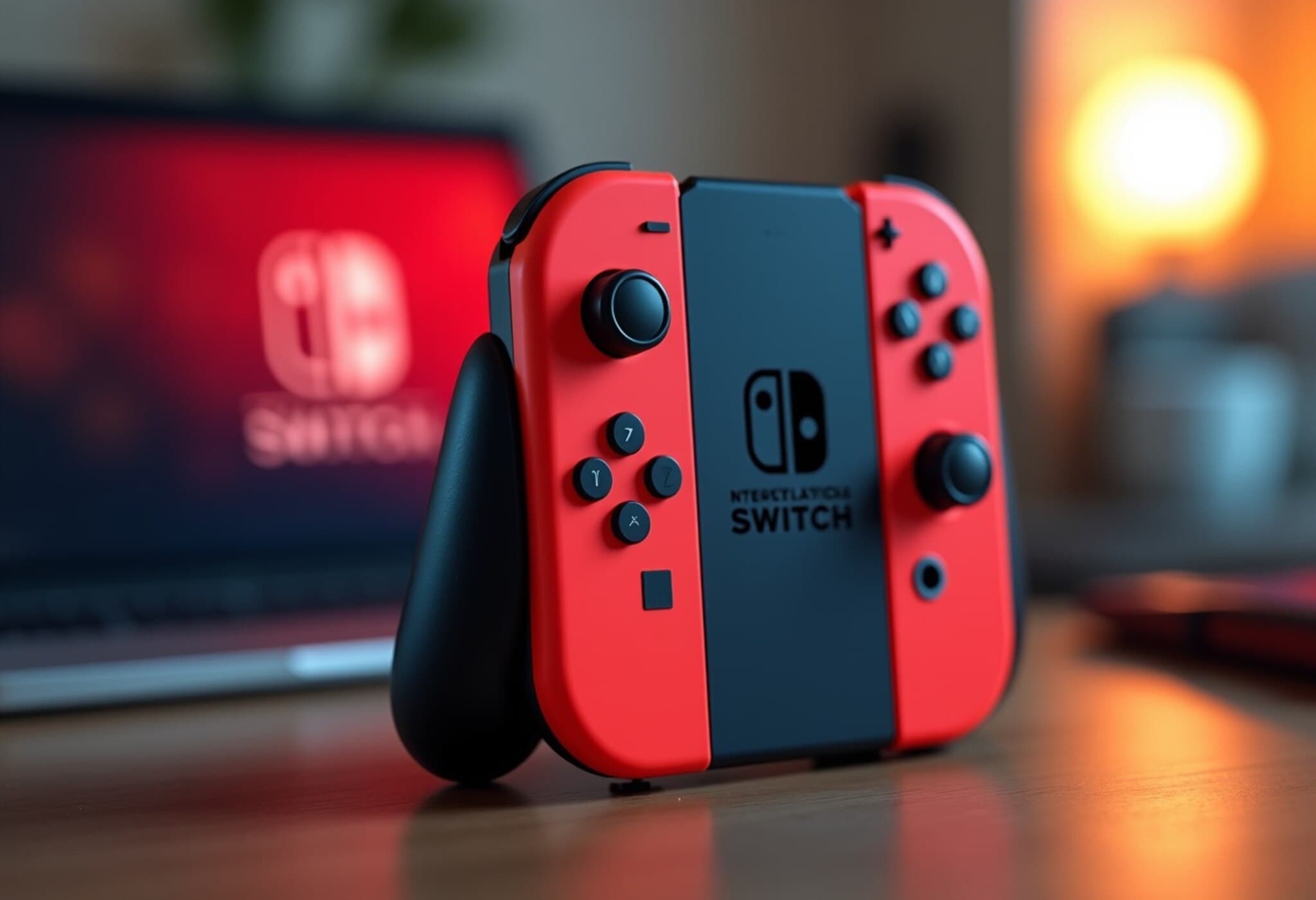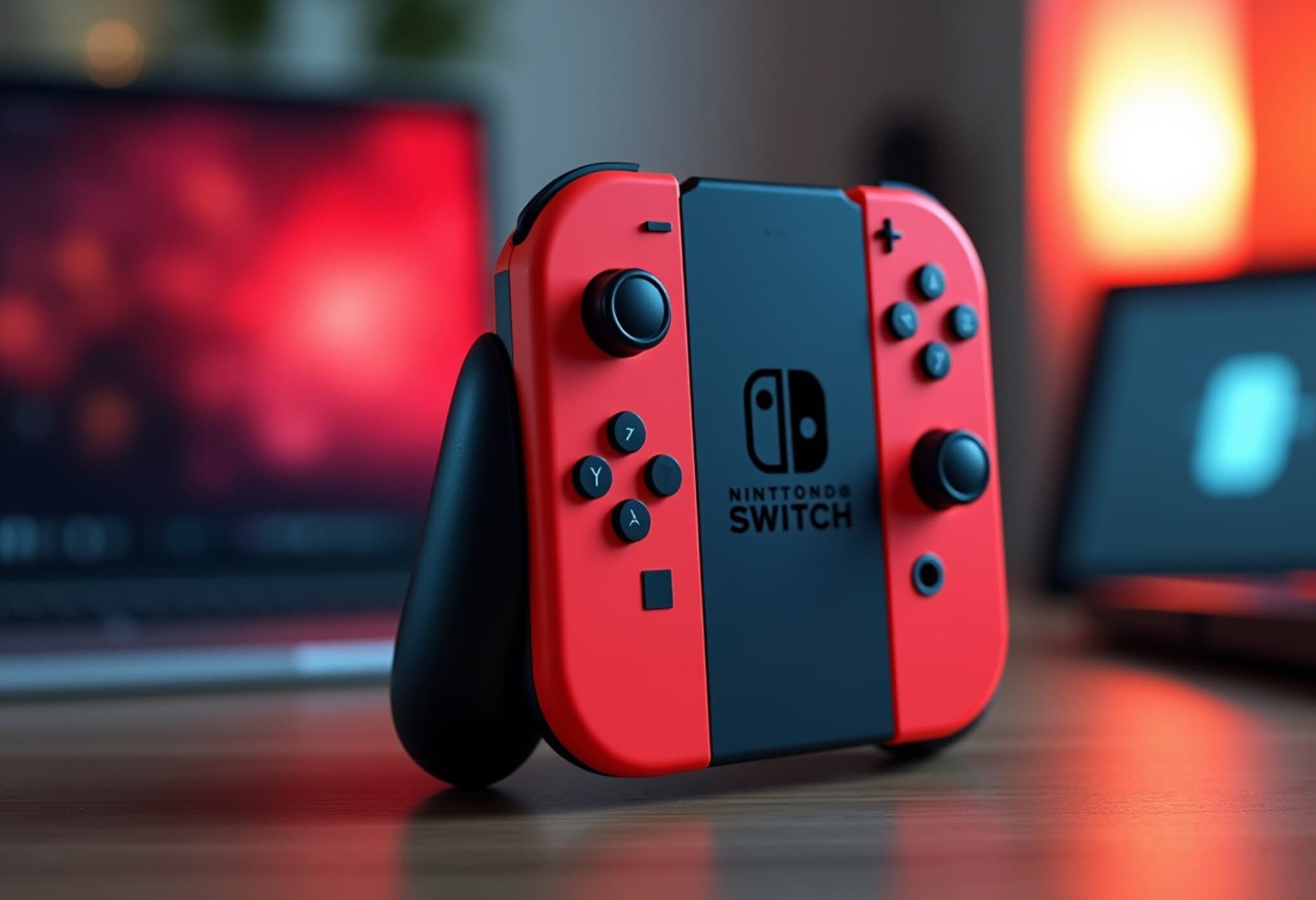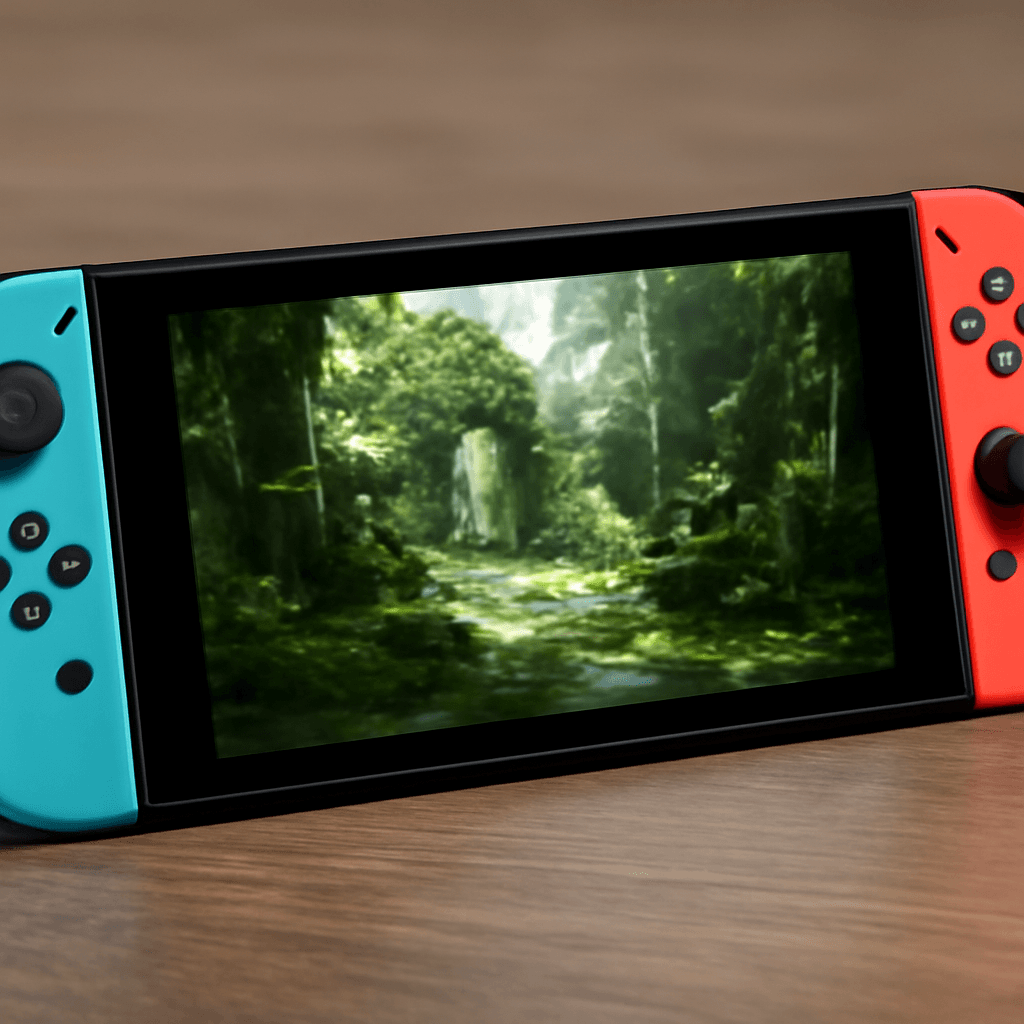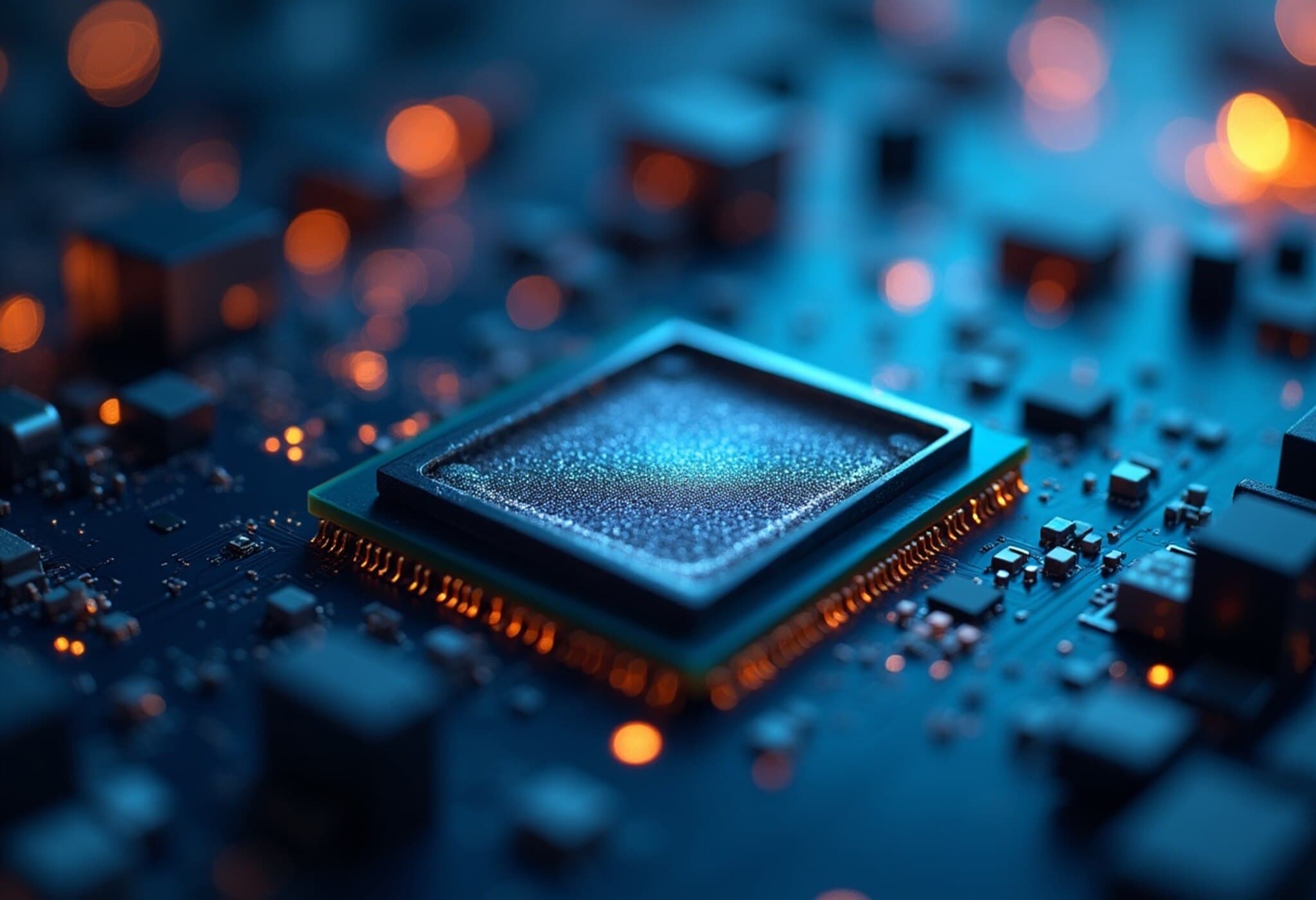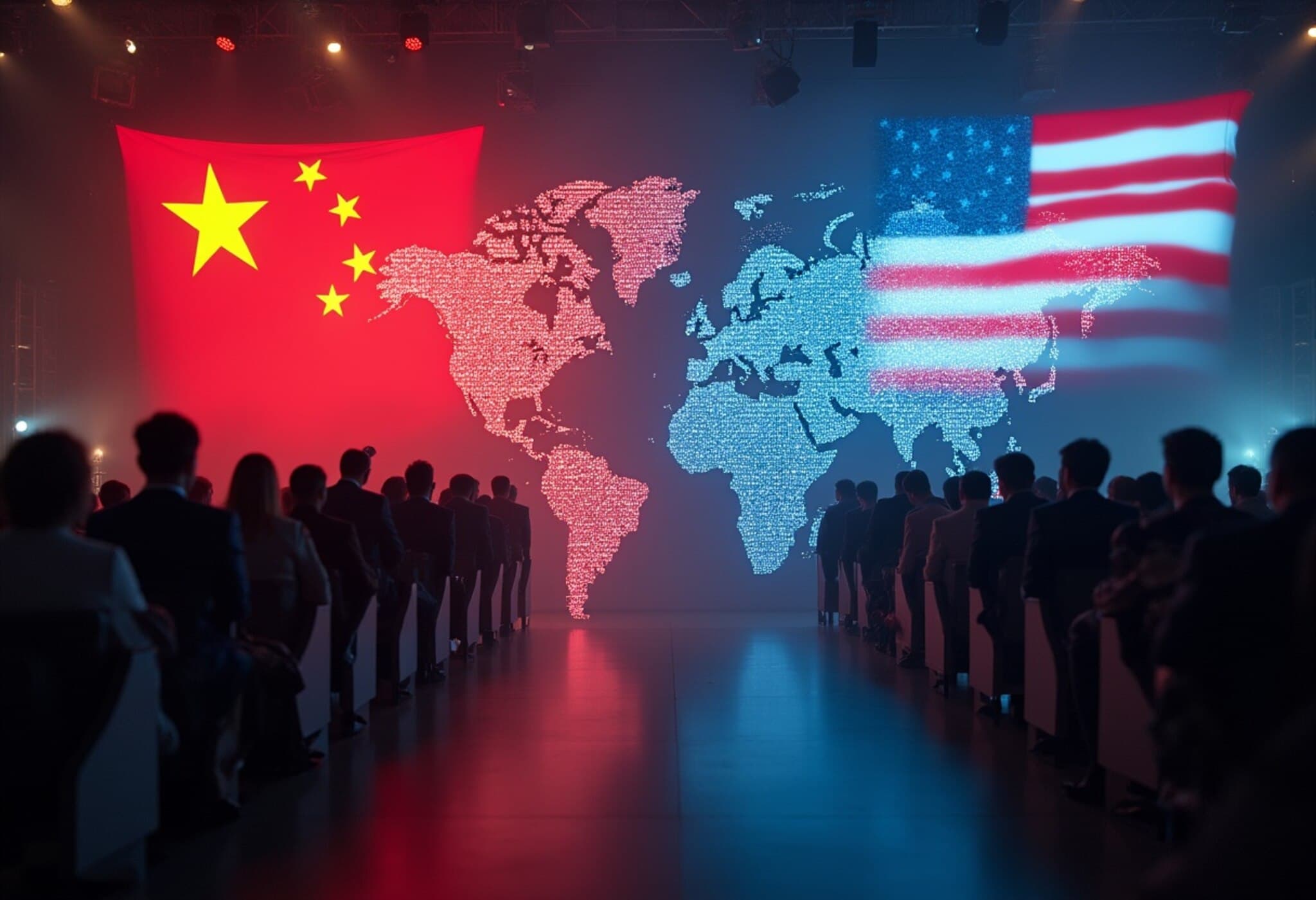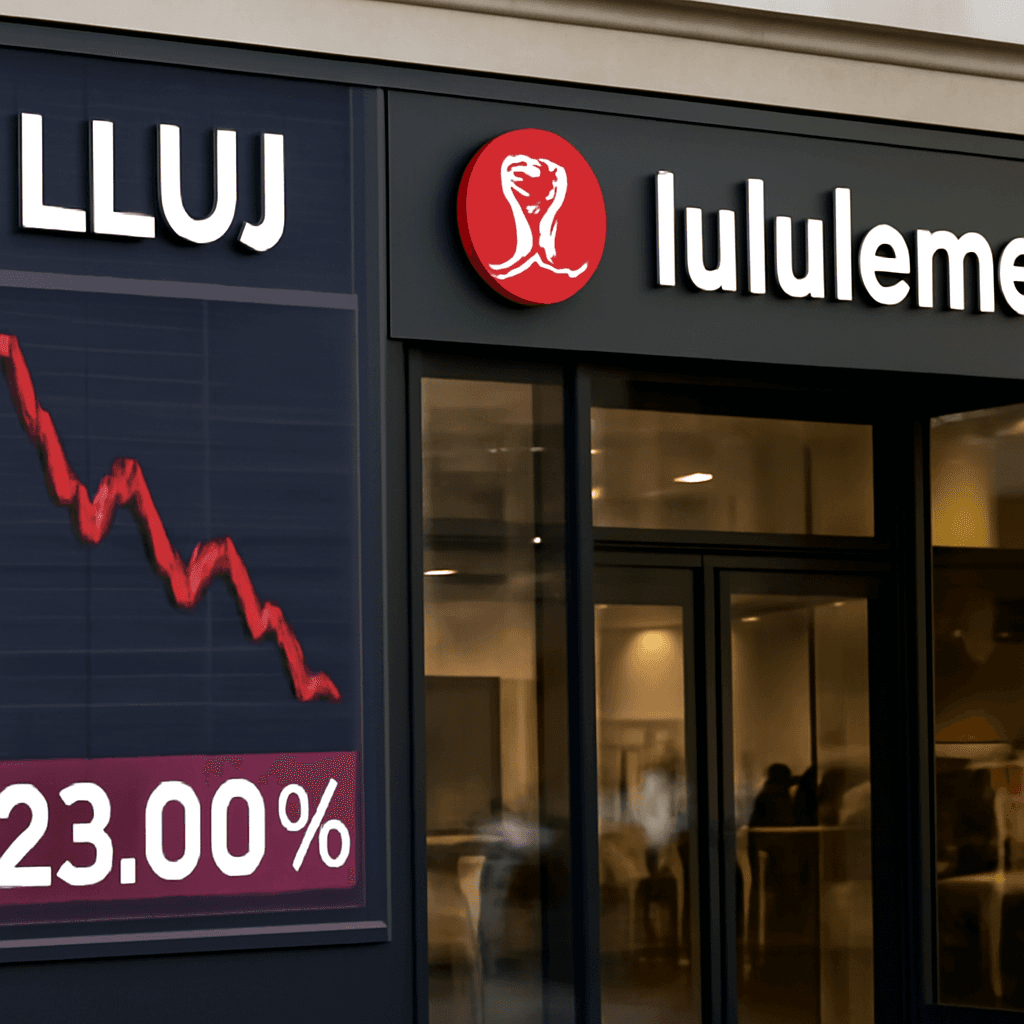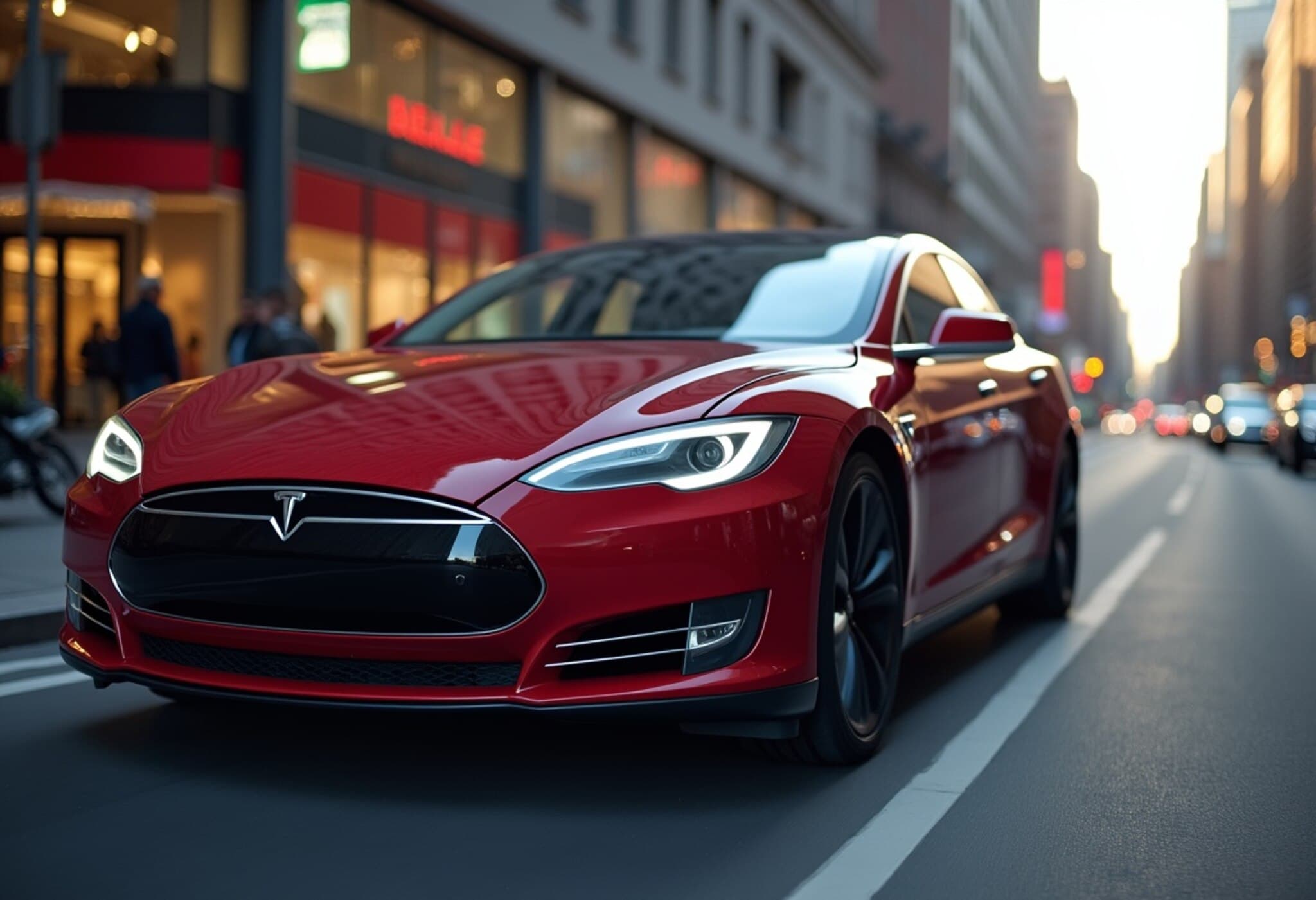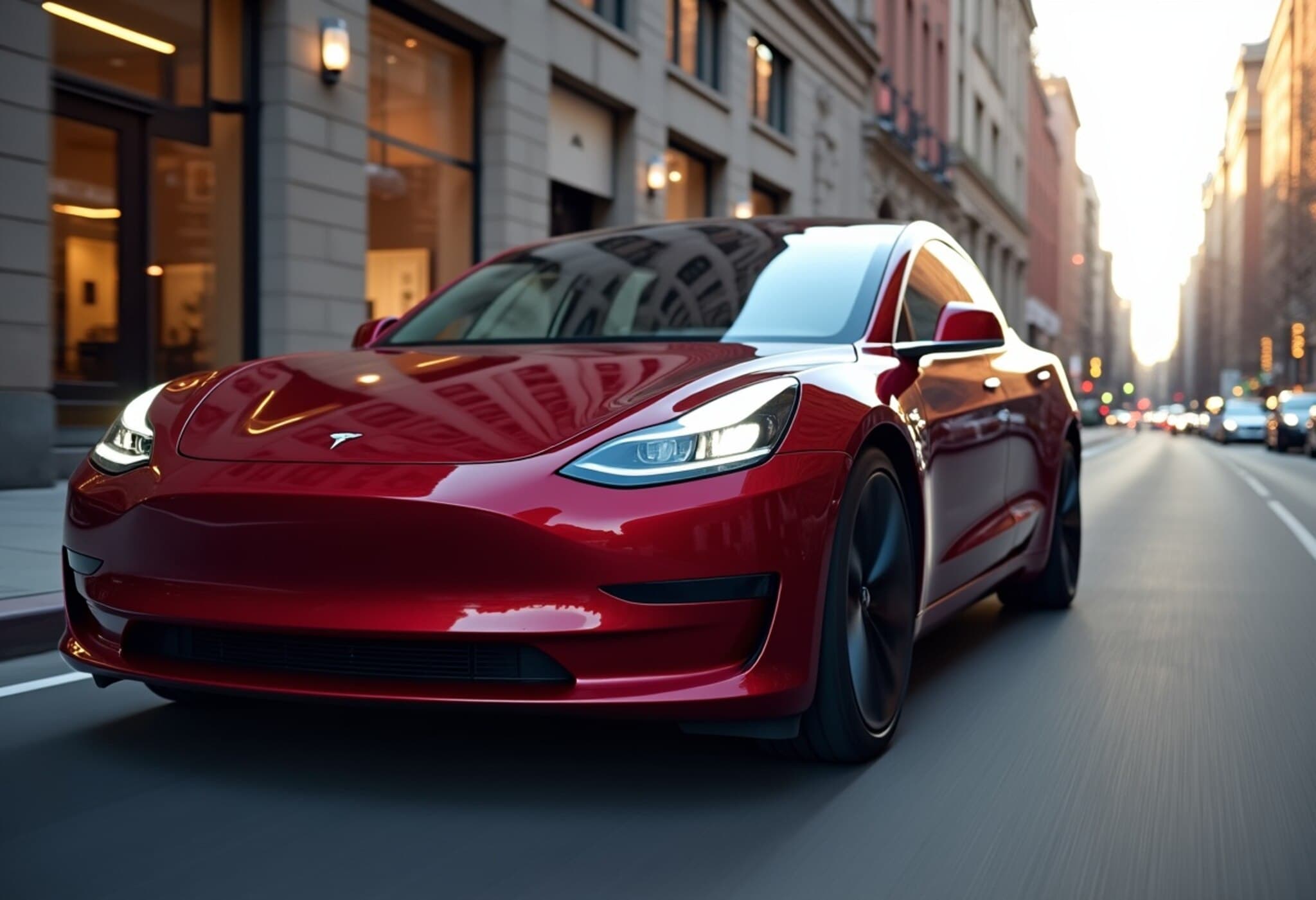Nintendo Announces Price Increase for Original Switch Models in the U.S.
On August 1, 2025, Nintendo revealed a significant pricing update impacting its original family of Switch consoles and some accessories within the United States. Effective August 3, 2025, prices for the original Nintendo Switch, the Switch Lite, and OLED versions will rise, a move the company attributes to changing market conditions.
Details on the Price Adjustment
In an official statement posted on its website, Nintendo stated the adjustments come after careful consideration of the current economic landscape, including factors like inflation and supply chain costs. This price revision will not affect the brand-new Switch 2 console or the pricing of physical and digital games, which remain stable for now. Despite this, Nintendo signaled that future price changes may be necessary as market dynamics evolve.
Switch 2 Sales Exceed Expectations Amid Global Trade Uncertainties
Earlier on the same day, Nintendo announced its fiscal first-quarter earnings, surpassing analyst predictions. Highlighting the success of the Switch 2, which launched on June 5, the company reported sales of 5.82 million units in less than three months. Nintendo reinforced its annual sales forecast of 15 million Switch 2 consoles, although some market analysts describe this target as conservative given the device’s robust early performance.
Trade Policies and Tariff Impacts
The Switch 2’s debut took place amid a shifting trade environment shaped by the ongoing U.S. trade tensions. Notably, its release coincided with a pause on tariffs targeting Japan and Vietnam under the Trump administration. However, tariff policies have fluctuated since, with new "reciprocal" tariffs recently announced on August 1, ranging from 10% to 41% on various countries.
These tariffs contribute significant uncertainty to pricing strategies for global tech companies like Nintendo. The company’s proactive price increase on older Switch models appears to reflect efforts to balance rising costs while maintaining competitive positioning in the U.S. market.
What This Means for Consumers and the Gaming Industry
For gamers and families who have embraced the original Switch ecosystem, the upcoming price hike could influence purchasing decisions, especially as newer Switch 2 units grow in popularity. Nintendo’s approach reveals a broader trend within the tech and gaming sectors, where inflationary pressures and supply chain challenges are increasingly shaping market prices.
- Consumers should anticipate: higher costs on existing Switch models and select accessories from August 3.
- Switch 2 pricing: remains stable for now, though future adjustments might be needed.
- Industry Insight: Tariff and trade policy uncertainties remain critical forces impacting hardware pricing.
Expert Commentary
According to industry analyst Laura Chen, "Nintendo’s price adjustment underscores how geopolitical and economic factors ripple through consumer electronics markets. While gamers may initially resist higher prices, the company’s robust Switch 2 sales suggest strong brand loyalty and demand that can offset short-term concerns." She also notes the importance of monitoring tariff developments closely as they may spur further adjustments in tech product pricing.
Looking Ahead: Questions and Considerations
As Nintendo navigates this complex landscape, several key questions emerge:
- Will other gaming companies follow suit with similar price adjustments?
- How will consumers balance price sensitivity versus demand for next-generation gaming experiences?
- What role will ongoing trade tensions play in shaping the future of console pricing and availability?
These considerations are critical as the gaming industry continues to expand and evolve amid global economic uncertainty.
Editor’s Note
Nintendo’s recent decision to raise prices on its original Switch lineup highlights the growing impact of global economic conditions on consumer technology products. This move reflects not only inflationary pressures but also the intricate influence of U.S. trade policies on hardware costs. As the Switch 2 quickly gains traction, Nintendo faces the delicate challenge of balancing affordability with profitability in a volatile market. For consumers and industry watchers alike, this development underscores the importance of monitoring how policy changes and economic trends intersect with the fast-moving gaming landscape.

